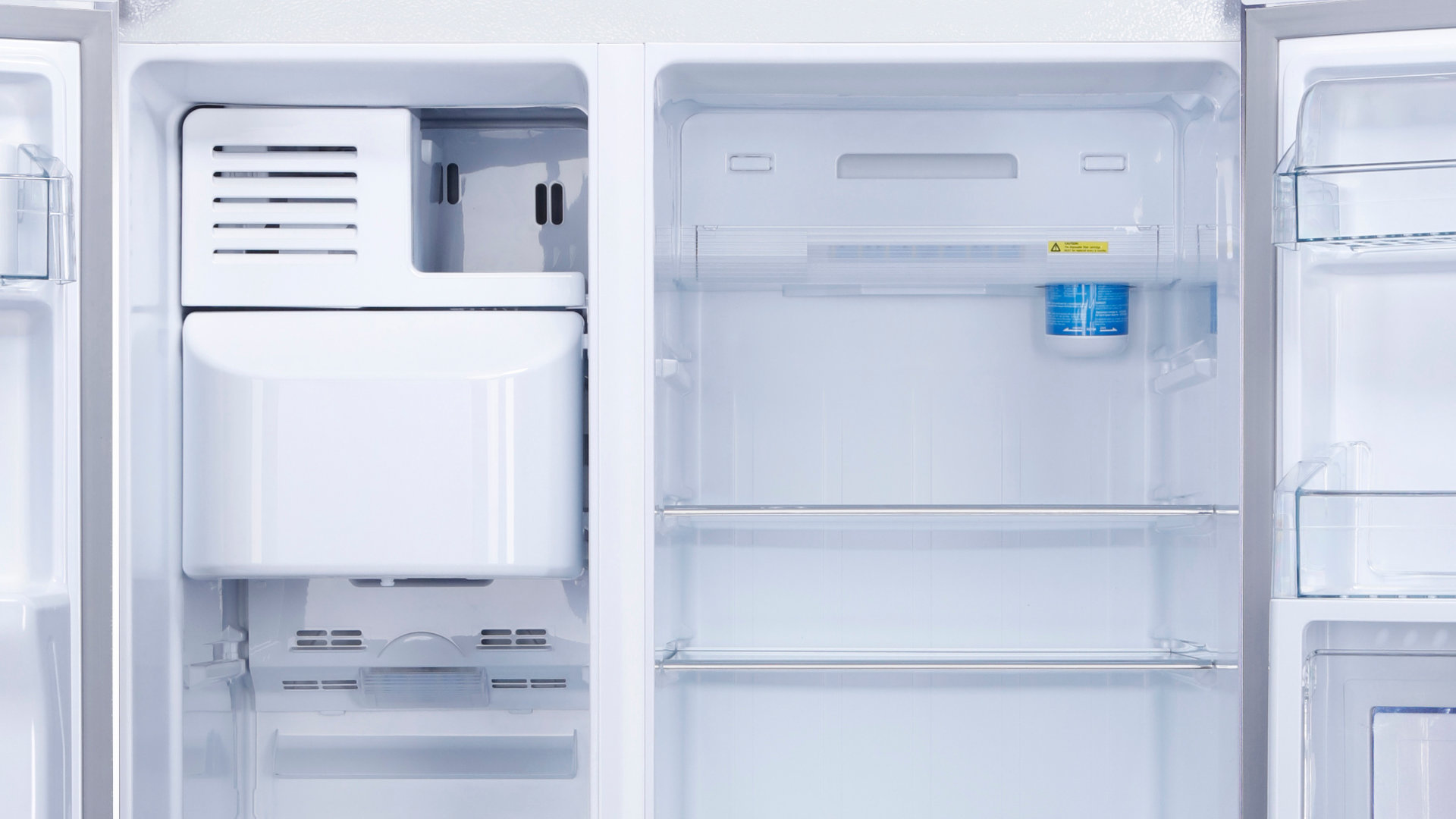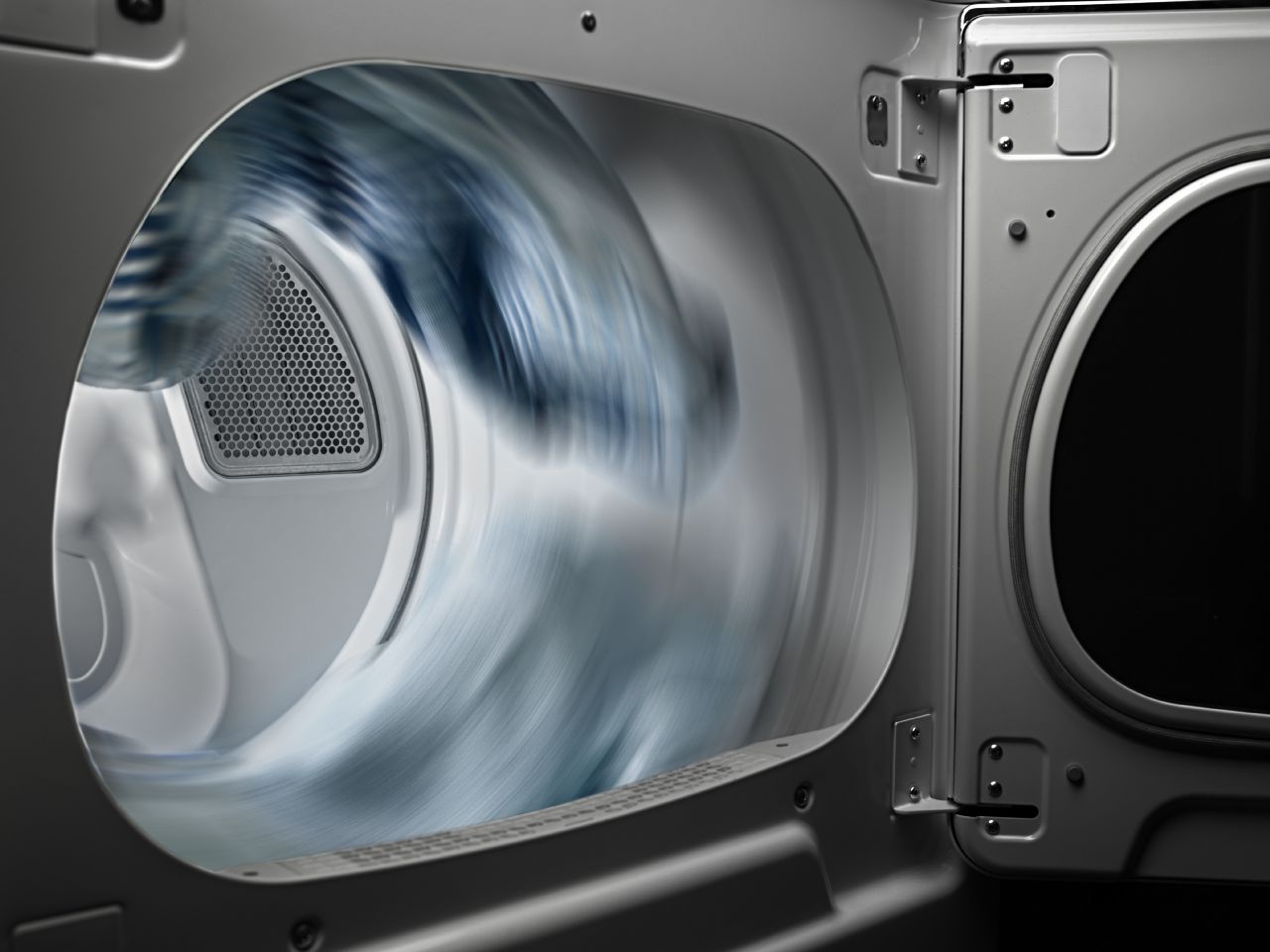
What we expect when we think of dryer problems is a dryer that doesn’t function at all. In some ways, that problem may seem easier to diagnose. However, if your dryer functions perfectly fine, but doesn’t produce any heat, it may be a pretty frustrating issue. However, these symptoms are actually quite beneficial as they can help you more quickly pinpoint the problem rather than just having to guess why the whole appliance stopped working.
Why a Dryer Has Stopped Heating
If your dryer drum is spinning, it means the appliance is still receiving power and the motor that turns the drum is still running. If the issue is that it is not producing any heat to efficiently dry your clothes, then this narrows down your investigation to the parts of the appliance responsible for producing, managing, and distributing that heat.
Thermal Fuse
If your dryer is tumbling but no longer producing heat, your first suspect should be the thermal fuse. The thermal fuse is installed in dryers as a safety device. If the temperature gets too high in the dryer, the thermal fuse will trip in an effort to prevent a fire. Once this happens, the dryer will still function very much as normal, but the tripped fuse prevents the heating elements from receiving any power, so it will produce no heat. On newer models, a thermal fuse can completely shut the dryer down.
A thermal fuse is, in most cases, a part with a one time use. In order to turn the heat back on, you will need to replace the fuse located near the exhaust vent on your dryer. Some models may have a way of resetting the fuse, but more commonly it is something that needs to be changed out before your dryer will function normally again.
It is crucial that, while a fuse is quick to be replaced, you need to remember it was tripped for a reason. Failure to investigate and address why the thermal fuse was tripped is not only likely to result in more blown thermal fuses but means your dryer will remain a potential fire hazard.
Exhaust Vent
If your thermal fuse was responsible for the issue, your first course of action after replacing it should be to check your dryer vent. The flexible metal hose that attaches your dryer to the vent in your home can become blocked with a buildup of lint. As this blocks the proper release of hot, wet air from your dryer drum, it can cause the dryer to heat up. If the hose is blocked up, even partially, this is likely what caused the thermal fuse to blow.
It will need to be cleaned out and you should monitor your dryer just in case this was not the sole cause, but a contributing one. You will also want to see if the clog goes beyond the flexible tubing. If there is a lint clog in the actual ventilation system of your home, depending on how deep it is, you may need a professional with the proper tools to come out and remove it. Almost all the horror stories of dryer fires are caused by lint blockages in the ventilation, so it is important to never ignore this issue and fix it quickly before further use.
Thermostat and Temperature Switch
The thermostat and temperature switch is responsible for keeping an even temperature inside your dryer. If you had a blown thermal fuse and you are investigating as to why these two parts should be looked into. While faults in either of these parts can result in no heat in your dryer, it is more likely that they will result in the heat not being shut off during the dryer cycle. This means that your clothing will get too hot and it will ultimately trip the thermal fuse. If your dryer also has a high limit thermostat, if the temperature gets too hot, this part will also disrupt electricity flow to the dryer’s heating element as well to keep from starting a fire.
Both the thermostat and the temperature switch can be tested with a multimeter. If the thermostat is not working properly, you should get a zero reading. However, for the temperature switch, it will either read zero or infinity. If it is working properly, once you turn the switch the reading should change to either zero or infinity, opposite your initial reading. If it does not switch, then it is the faulty part.
While replacing a temperature switch is as easy as removing it and connecting the new one, replacing a bad thermostat is a little more involved. There are more wires to disconnect and it is crucial to remember to replace the in the right order. On some models, you may also need to pull the thermostat out in order to replace it.
Heating Coils
If your thermal fuse was fine and the thermometer checked out, it is likely that the cause of no heat to your otherwise working dryer is due to faulty heating coils. After removing the back panel of your dryer, you can find the heating coil by looking for metal wires coiled together. You will have access to the terminals after removing the lead in which you can test with a multimeter. If you get a reading of zero, then the coil needs to be replaced.
Timer
A faulty timer(on mechanical-based models) seems like it would have little to do with your dryer not producing heat. However, what happens when the timer goes bad is that it won’t advance the cycle. In some dryers, this can keep the heat running until it becomes too hot, and in others, it can mean that no heat is released at all. Instead, your dryer just spins and spins waiting for the signal to move to the next cycle that will never happen.
To check if the timer is faulty, remove the knob and open the panel. Once the leads are disconnected from the motor, you can check for continuity. If your multimeter reads infinity, then the timer motor is faulty and needs to be replaced.
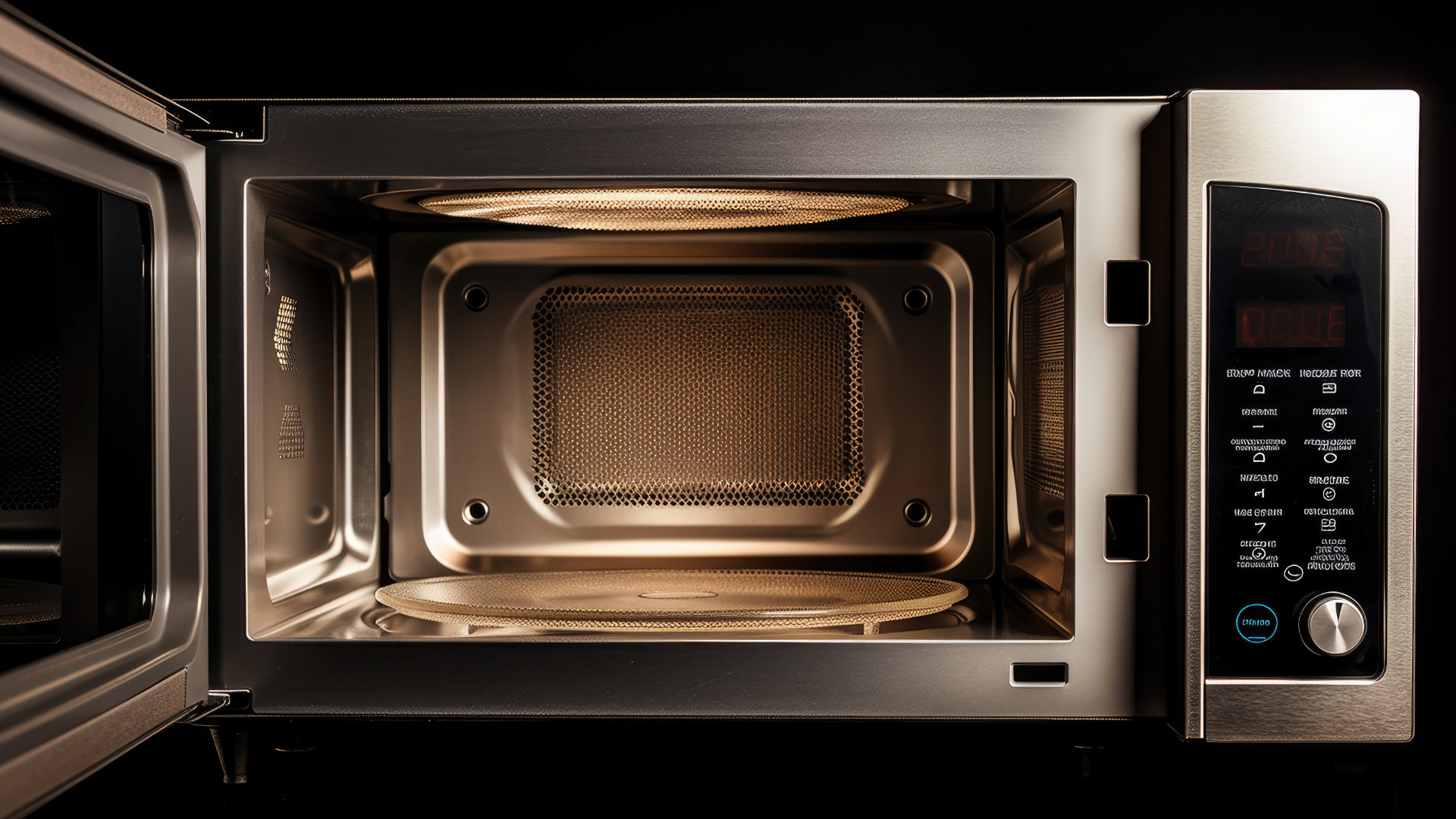
Eliminate the Burning Smell From Your Microwave
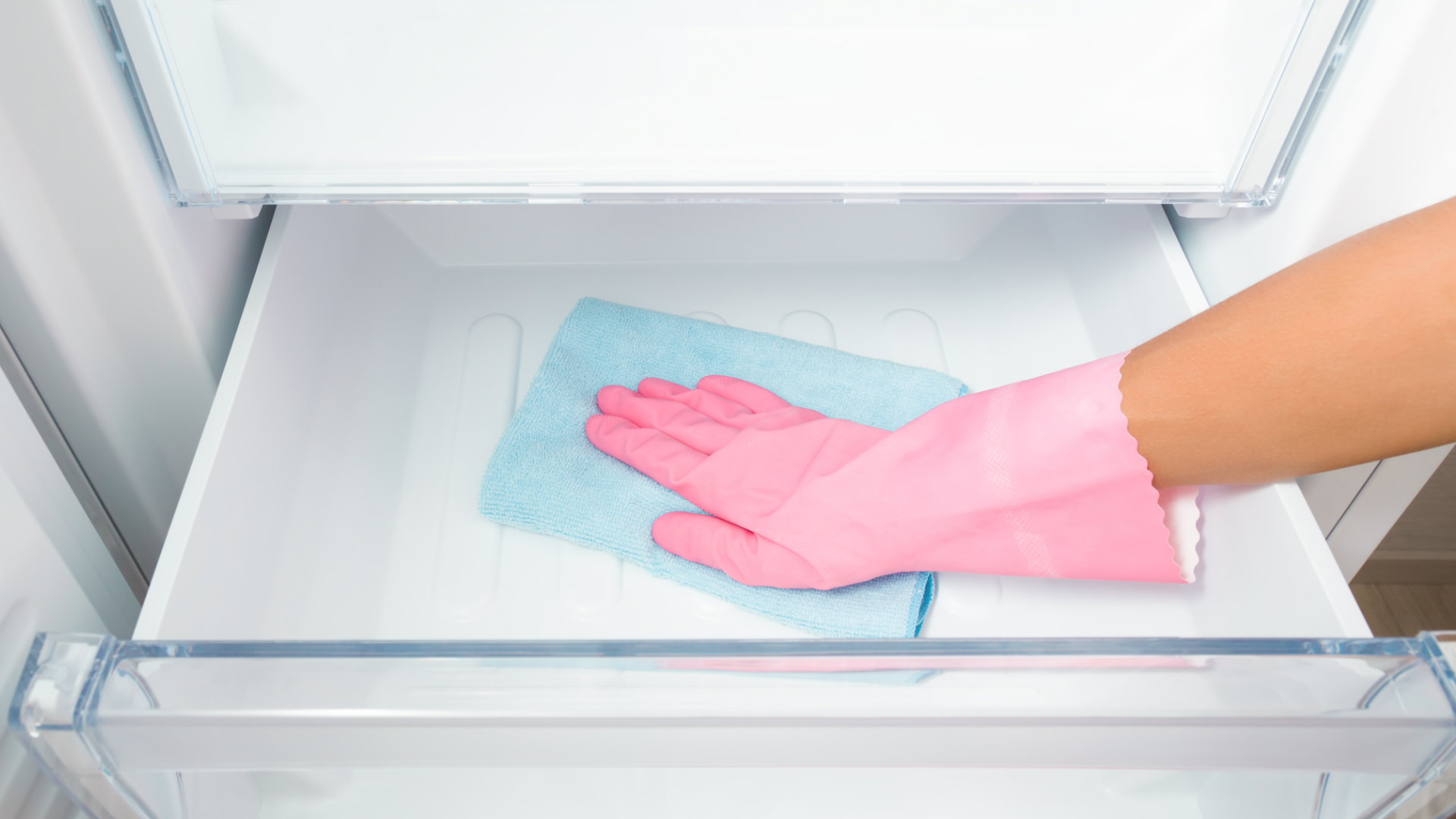
Fixing a Samsung Freezer That Won’t Freeze

Whirlpool Oven Won’t Heat: Here’s What To Do
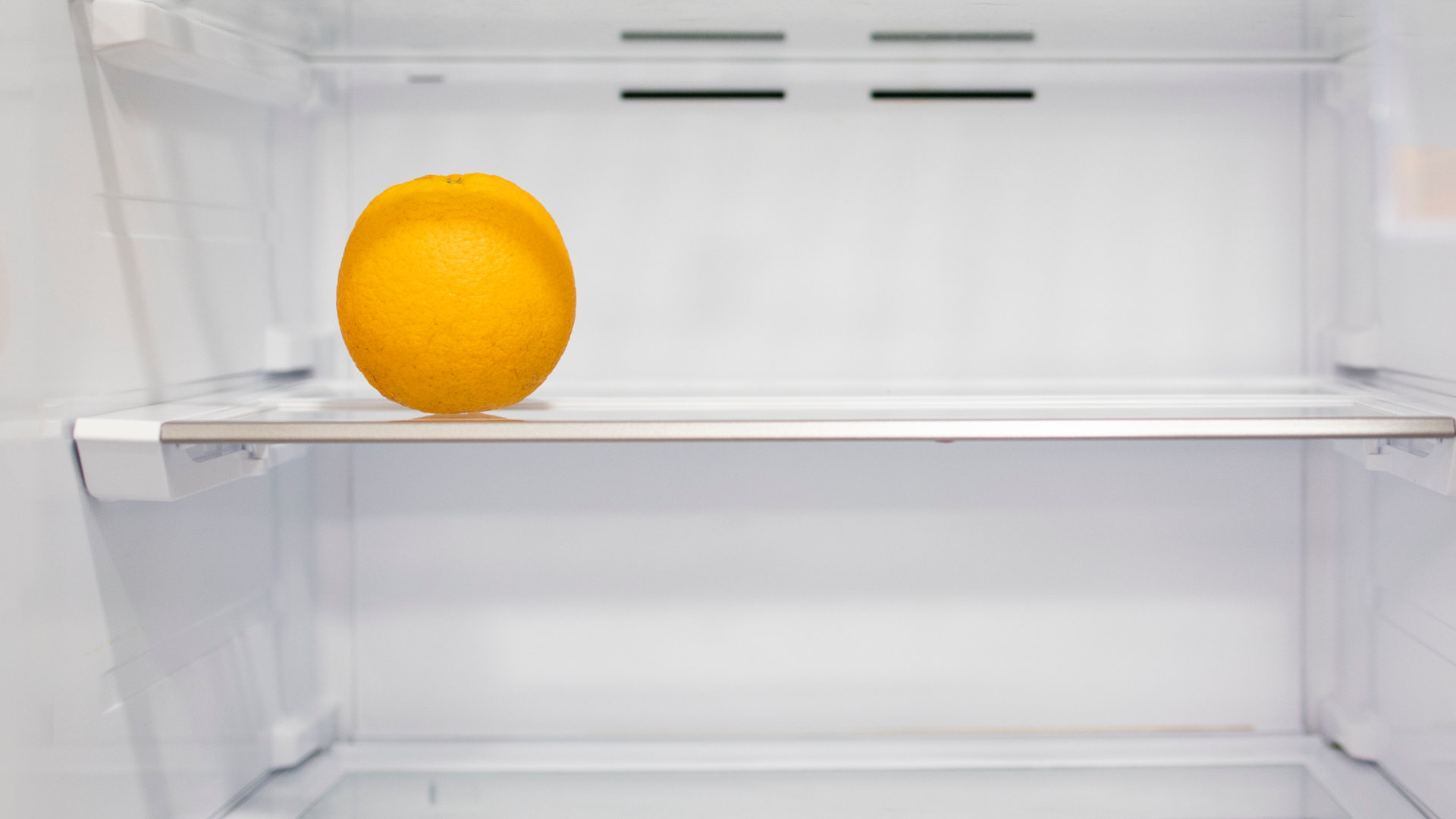
Easy Steps to Clean Your Refrigerator Coils
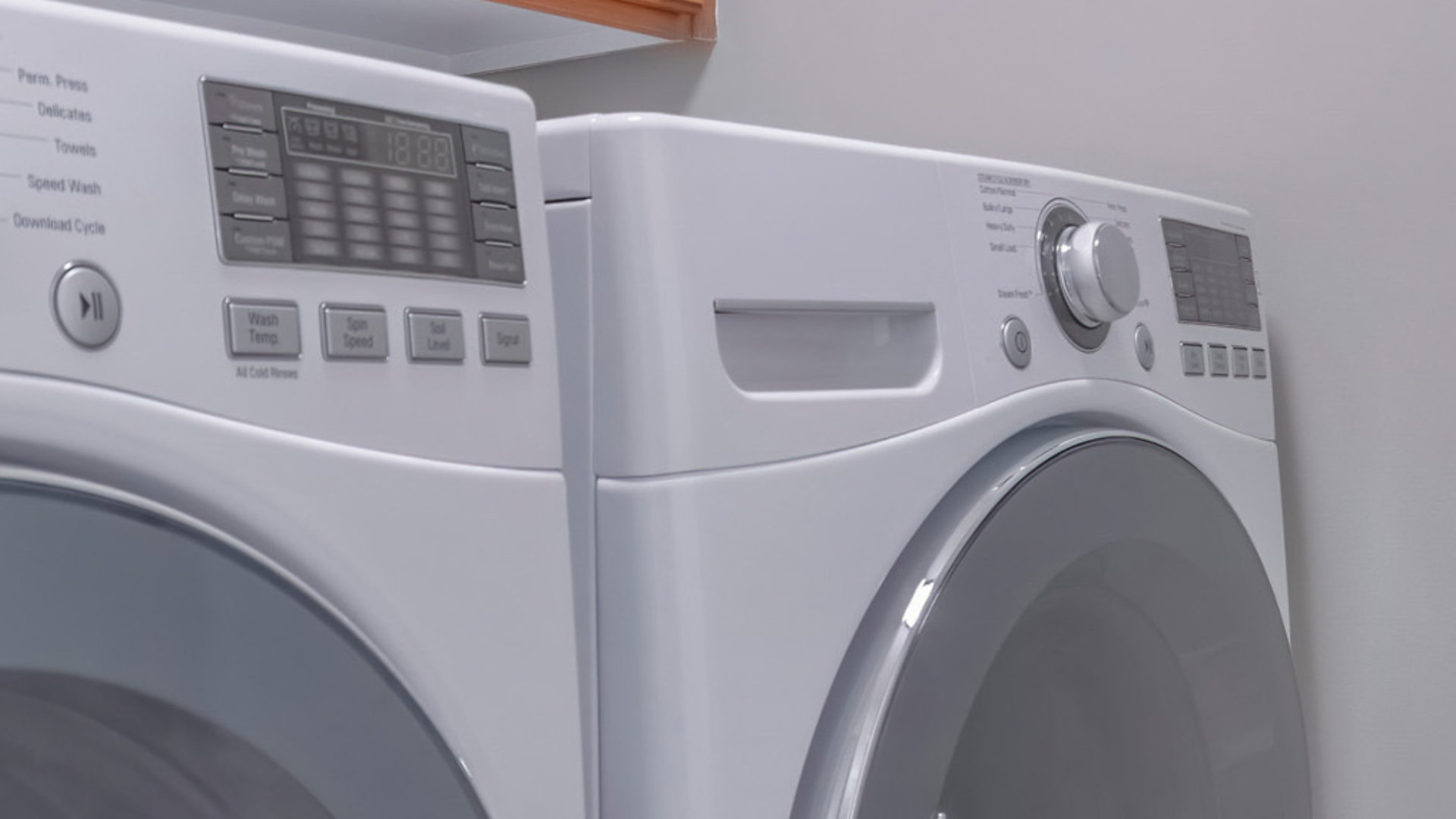
Quick Fixes for an LG Dryer Not Heating
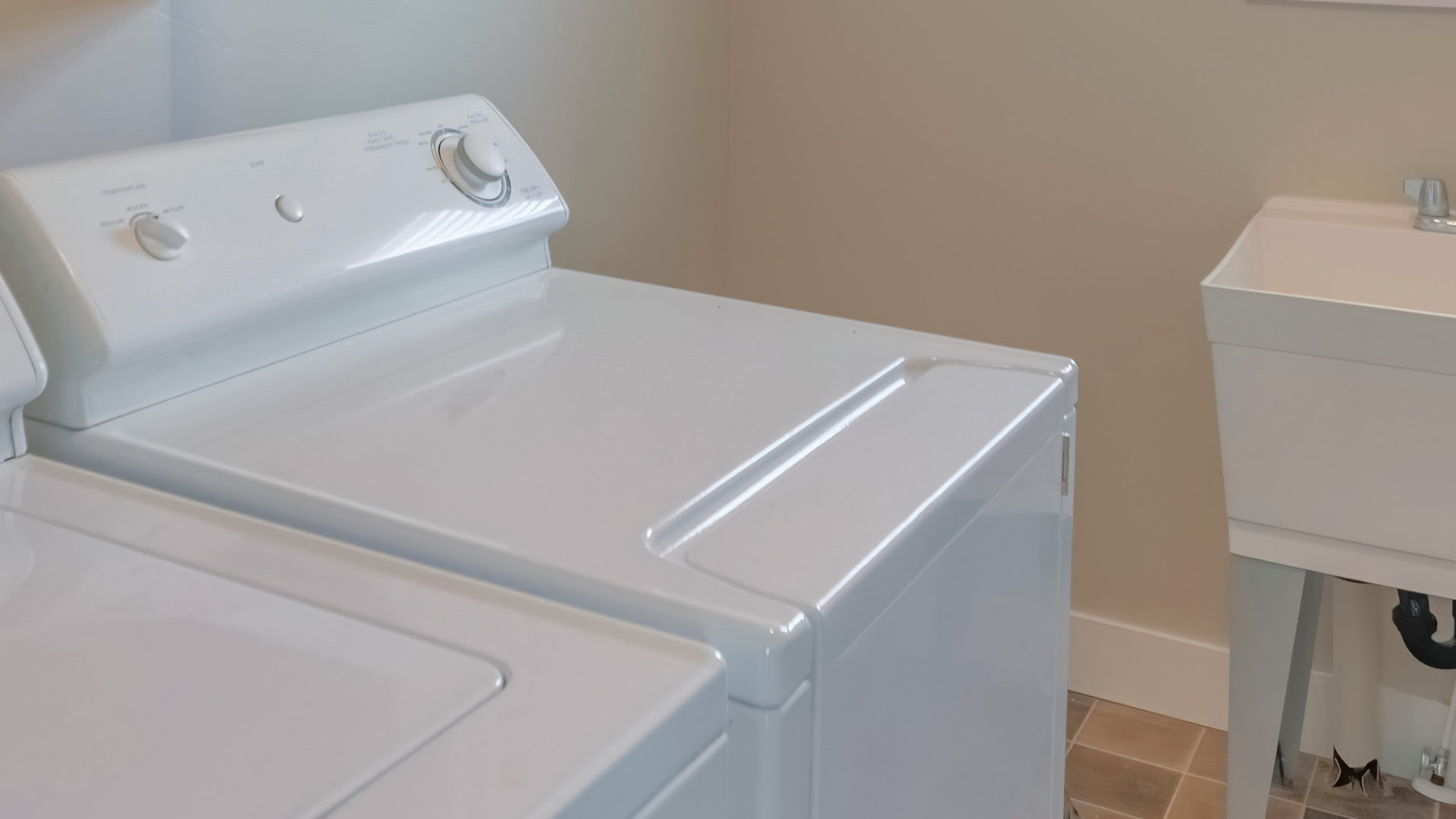
How to Fix an Electrolux Dryer That’s Not Drying

Why Is Your Whirlpool Washer Lock Light Flashing?
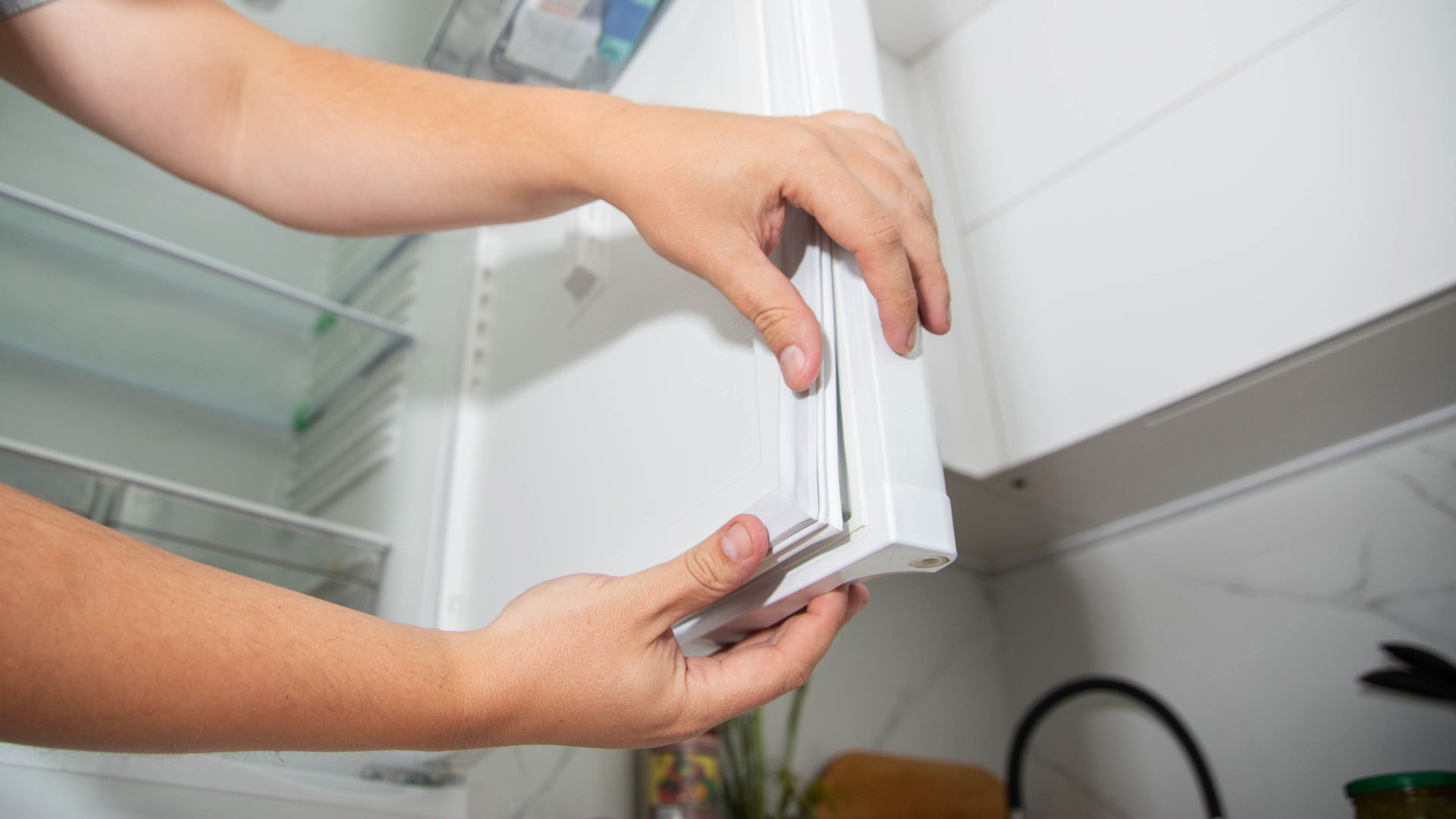
Why Is Your Freezer Door Not Sealing?

How Does a Ventless Dryer Work?
